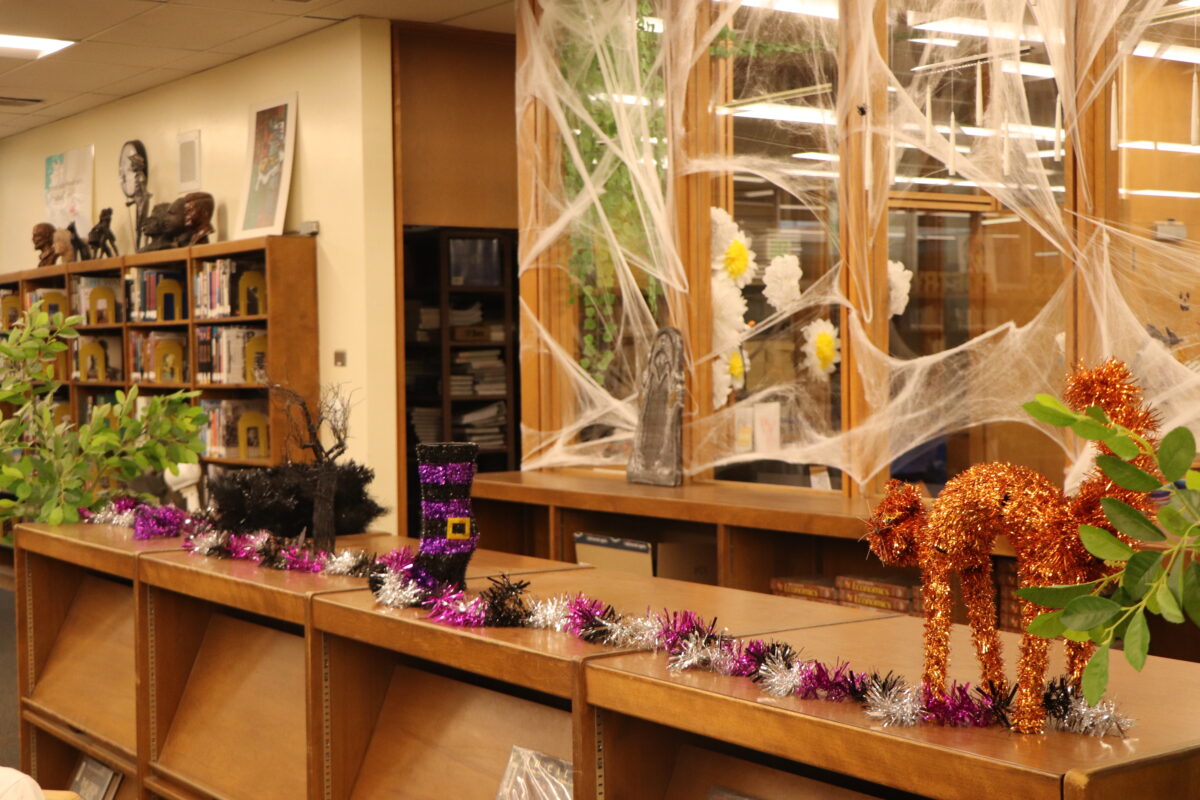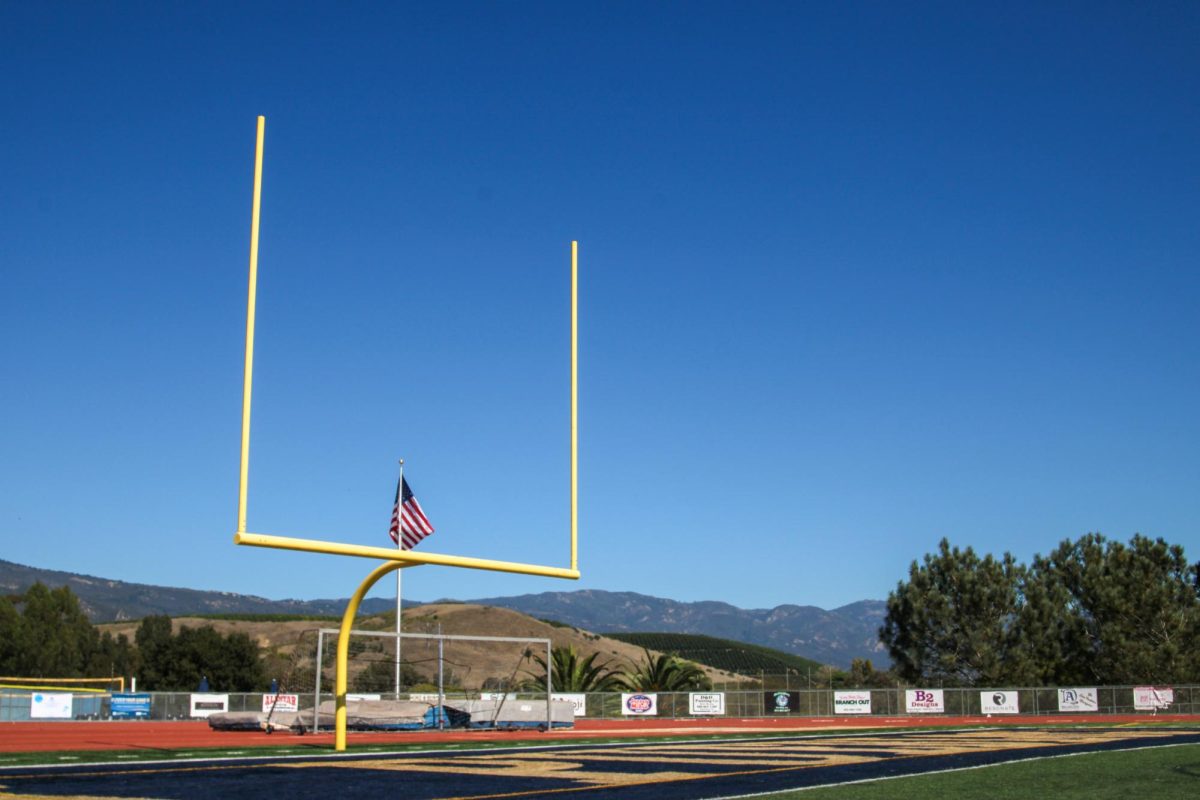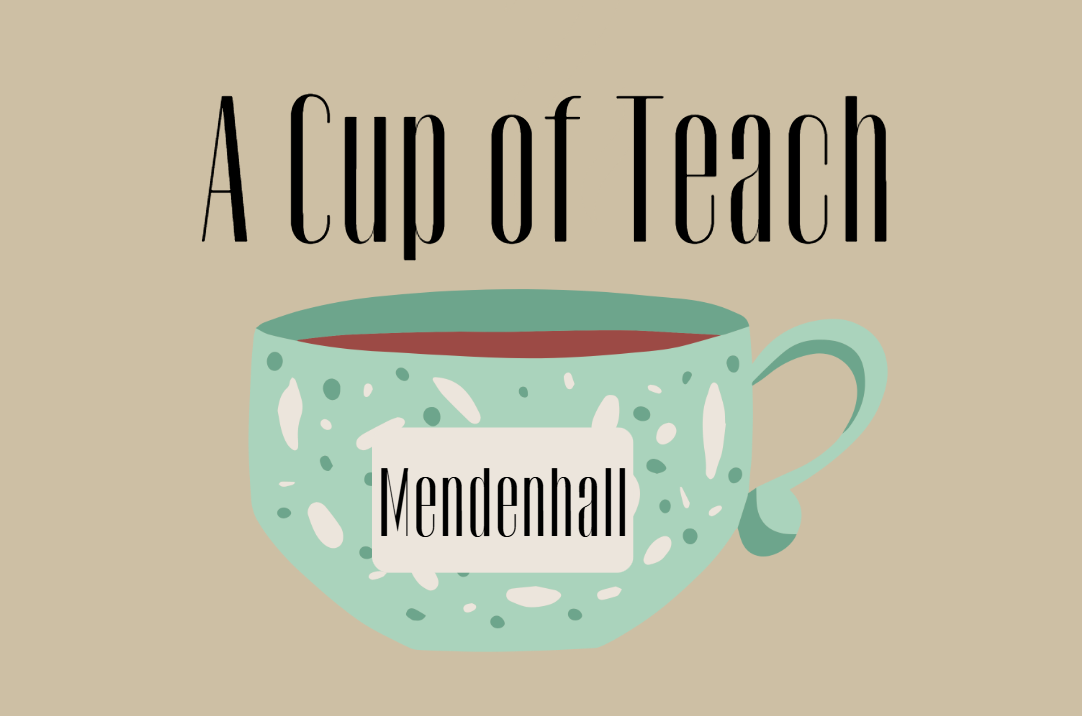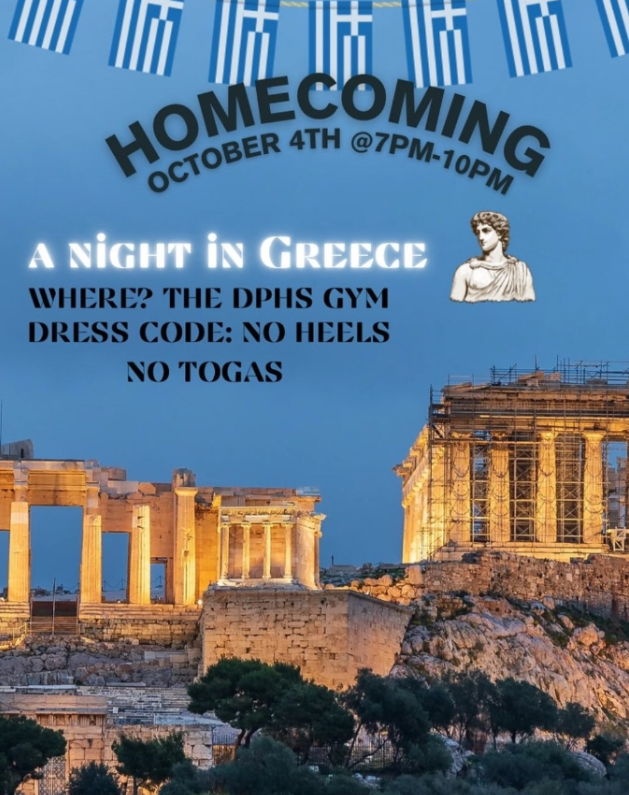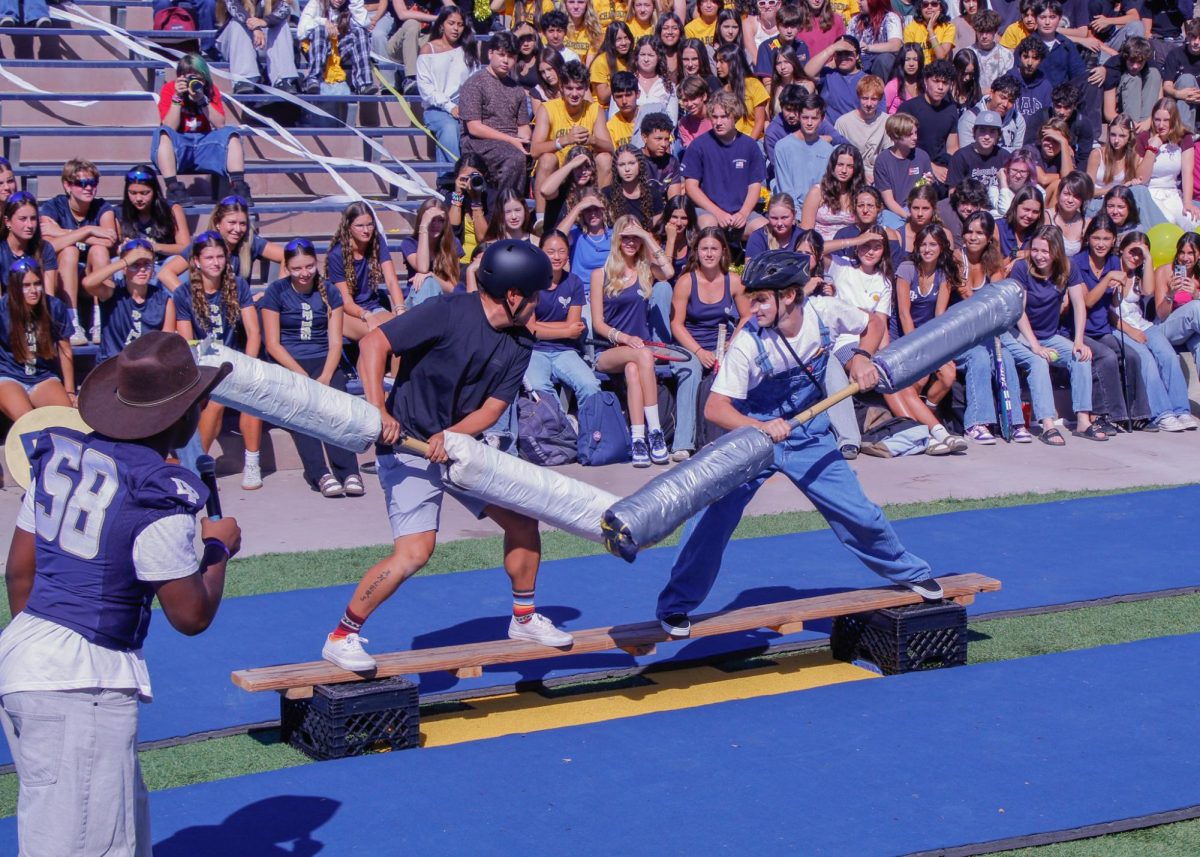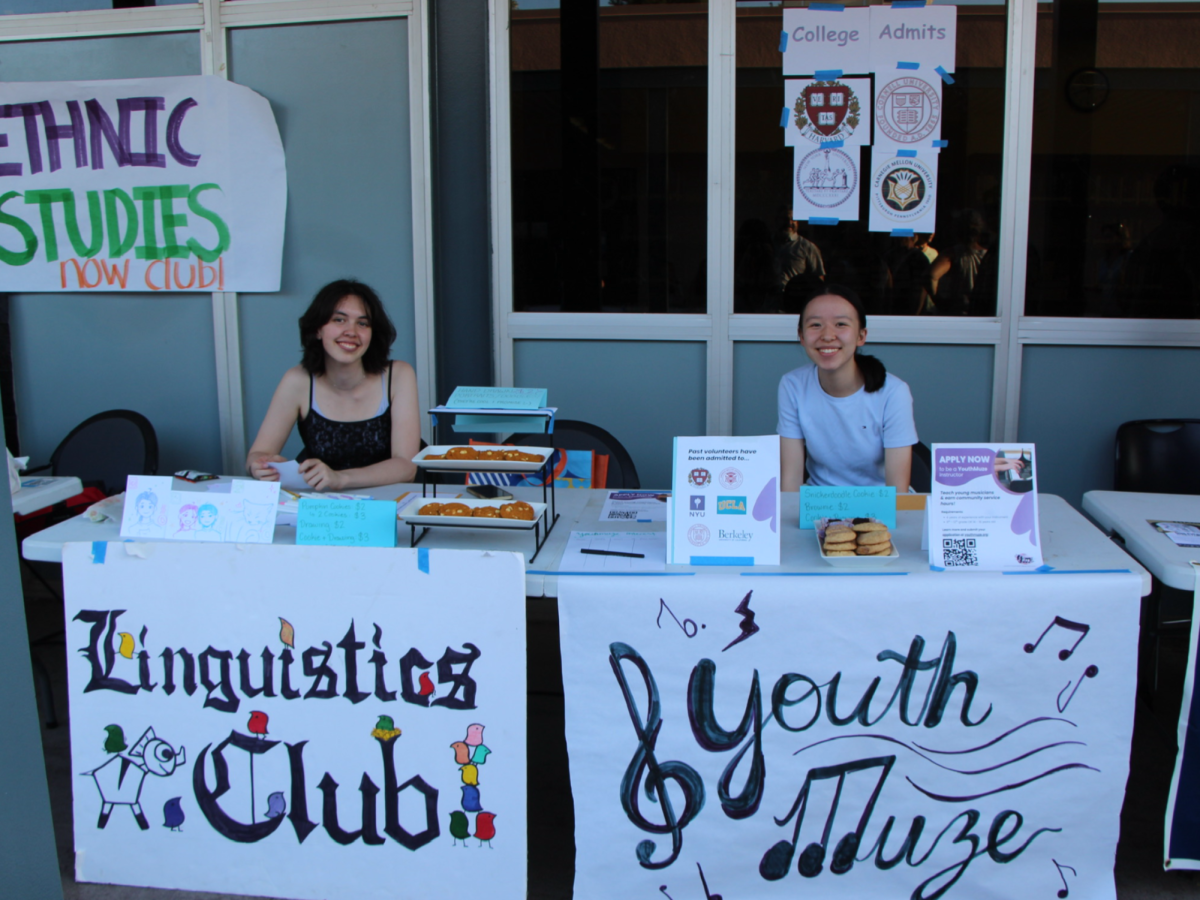During the fall season, there are several different holidays celebrated around the world. Some of these holidays include Halloween, Día de los Muertos, and the Obon Festival.
In the United States, Halloween can be celebrated by carving pumpkins, decorating houses with ghosts or fake spiderwebs, trick-or-treating, and more. However, this fall tradition isn’t celebrated internationally.
Halloween originates from Ireland, specifically from the ancient Celtic festival known as Samhain (pronounced sah-win), a religious celebration that takes place on Nov. 1. Samhain was a multi-day celebration during the beginning of winter that was said to be a time when the veil between the worlds of the living and the dead would thin and allow the spirits to return to the world of the living for that night.
During the Celtic festival, people would dress up in costumes and masks to disguise themselves and ward off spirits, usually using animal skins. This eventually turned into the tradition of wearing costumes that we see today.
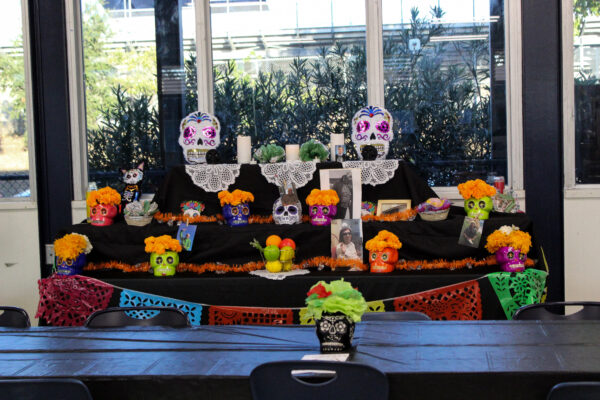
Similarly, Día de los Muertos, celebrated in Mexico and parts of Latin America, is a large annual celebration that honors relatives and ancestors who have passed away. The celebration mainly takes place Nov. 1-2, however some regions of Mexico celebrate Día de los Muertos on Oct. 28.
Natalia Cardenas (9), who celebrates Día de los Muertos, said the holiday is important to her and her family.
“Day of the Dead is important to me because my grandfather died before I was born and when my step-grandpa died, it was really hard on my family,” Cardenas said. “Now I celebrate it because I want to remember my loved ones and remember all the great things my grandpa did for me and my sister.”
During the celebration, ofrendas are made by the deceaseds’ family members and placed in homes. These offerings include items such as cempasúchil flowers, photos of loved ones, and loved ones’ personal belongings. The altars are decorated with candles, drinks, pan de muerto, sweets, and papel picado which represent the four elements of an Ofrenda: fire, water, earth, and wind, sugar skulls, and flowers made out of colored tissue paper.
Similar to Día de los Muertos, the Obon Festival, celebrated in Japan, honors the spirits of passed ancestors. The event lasts for three days, traditionally starting on the fifteenth day of the seventh month. According to the lunar calendar, this would be in August. However, the starting date varies depending on which region is celebrating. The Obon Festival involves families coming together to clean and decorate graves and set up altars filled with offerings to commemorate the dead.
Another tradition of the festival is a style of dance practiced known as Bon Odori. The dance is performed during the festival to entertain and welcome spirits back to the world of the living. The Obon Festival also includes lanterns, which are hung in the front of houses to guide the spirits at the beginning of the festival and then set into lakes or rivers to guide spirits back to their own world at the end.
Halloween, Día de los Muertos, and the Obon Festival are only a small portion of the fall traditions celebrated around the world. There are many more traditions observed all over the globe, each with unique celebrations and its own importance to its community.


